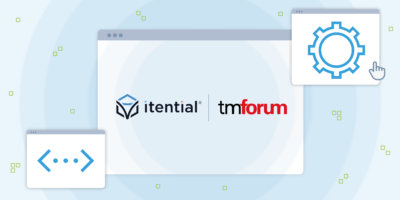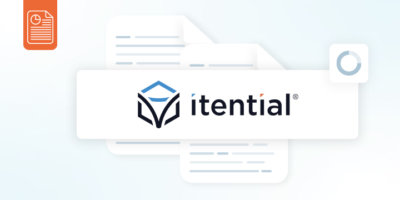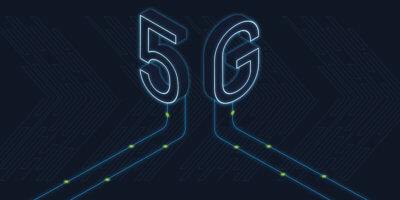Itential is a key enabler for organizations who are looking to operationalize dynamic orchestration initiatives and the feature of a few recent projects including our participation in the TM Forum Catalyst Project, “Dynamic Edge Enabled Applications,” and most recently at a panel discussion at FutureNet Asia. During this panel, “Dynamic Orchestration: Paving the Road to the Intelligent, Autonomous Networks,” our CTO, Chris Wade, joined in a discussion alongside leaders from TM Forum, Telstra, and Airtel.
With all this buzz around dynamic orchestration, our team at Itential has been busy sharing our learnings and assisting our customers in implementing architectures based on emerging best practices. There were a few key takeaways from Chris’ discussion on the FutureNet panel that I’d like to dive further into as they represent some very important factors that distinguish dynamic orchestration from previous orchestration models.
Let’s jump in.
The Attributes of Dynamic Orchestration
To provide some context, it may be helpful to distinguish dynamic orchestration from other related topics such as resource orchestration or other orchestration models. Resource orchestration is primarily responsible for coordinating the availability and assignment of resources such as storage, network, or compute. Service orchestration is focused on coordination and execution of the provisioning and configuration steps required to activate or manage a service, such as VoIP or SD-WAN. Dynamic orchestration, being a type of service orchestration, is an approach for provisioning and managing services.
The attributes that distinguish dynamic orchestration from other orchestration models include:
- Orchestration across multiple technology domains, which could include cloud, containers, physical devices, mobility services, etc. Some of the domains may be under direct control of the communications service provider, while other domains may be under the control of partners, such as the public cloud providers or interconnect partners.
- The ability to modularize service components, allowing for provisioning and management of new combinatory services.
Dynamic orchestration enables service providers to evolve from siloed network domain-specific products to modular, multi-domain services. The cost and effort associated with product development and provisioning are reduced significantly, and the dynamic nature of service creation enables providers to offer a portfolio that can easily evolve as new features and technologies become available.
What to Look for In a Dynamic Orchestration Solution
Dynamic orchestration represents a significant opportunity for service providers to offer compelling, innovative, new services to their customers while reducing provisioning times and operational costs, but it potentially can create a new layer of complexity and costs for those providers.
To maximize the benefits of dynamic orchestration, while mitigating the challenges, service providers should focus on solutions that provide the following:
- The ability to support rapid integration with a wide range of technologies and domains, which will simplify the demands of multi-domain orchestration, while reducing the time to bring new domains into the architecture.
- The ability to federate in real-time across multiple domains and sources of truth.
- The ability to provide functional modularity that allows internal customers and users to interact with the system to develop innovative service combinations.
- Exposure models that facilitate API-level interactions with internal users, customers, and business partners to drive consumption and service ideation.
Based on our experience, and looking forward, we see tremendous opportunities for communications service providers to evolve their businesses by intelligently leveraging dynamic orchestration. This technology is still in its infancy, but those who have effectively implemented early-stage dynamic orchestration solutions are already seeing benefits, and we expect them to be well positioned to capture increasing market share for multi-domain, complex services.
Itential’s Approach to Dynamic Orchestration
The Itential Automation Platform was built on the core functionality of integration and federation, which makes dynamic orchestration a reality for our customers. By leveraging Itential, you can build a truly flexible and scalable architecture due to the platform’s vendor and domain agnostic capabilities that support new use cases and services in the fraction of the time that traditional, purpose-built activation stacks typically take.
To learn more about Itential’s integration, federation, and automation capabilities check out this white paper.






